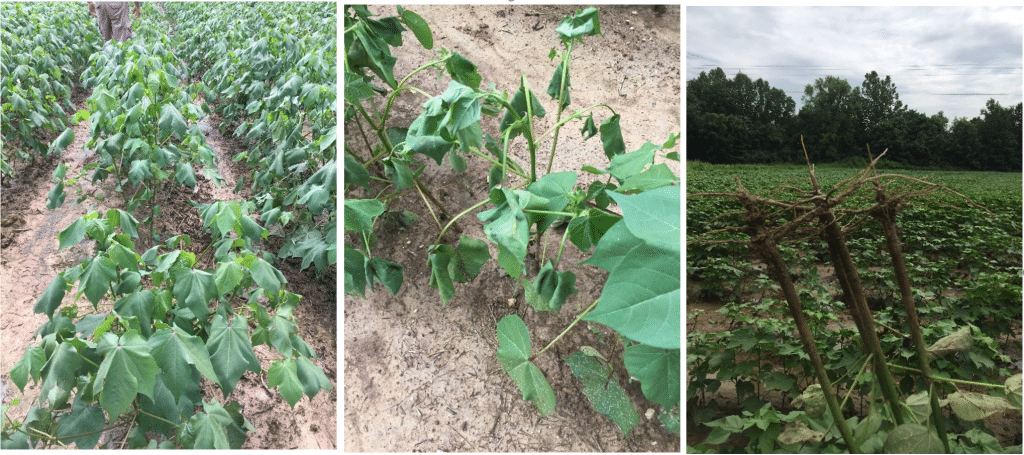
By Evan Phiri
COTTON plays a crucial role in Zimbabwe’s economy well-being, contributing to both the agricultural sector and the overall economic development of the country.
It provides employment opportunities for thousands, especially in rural areas where agriculture is a primary source of livelihood. Besides providing raw materials for local industry, Zimbabwe exports cotton and cotton products to various international markets, generating foreign exchange revenue for the country.
Given the significance of cotton to Zimbabwe’s economy, the government, through the Presidential Inputs Scheme, has been providing inputs to farmers across the country. For the 2023/24 season, over 215 000 farmers have been contracted under the scheme, with 311 000 hectares having been planted.
However, most parts of the country have been experiencing El Nino-induced dry spells for the past several weeks, threatening a good harvest.
Even though cotton is regarded as a drought resistant crop, it has not been spared by this dry spell. This has resulted in depressed crop growth and development.
Across the country, the cotton plant is at various growth stages ranging from squaring to flowering and in some instances boll formation.
However, the cotton plant is a drought tolerant and as the farming season progresses and the dry spell continues, farmers are urged to regularly monitor their crop. Here are some of the dos and don’ts of cotton production during this critical moment.
Farmers are advised to avoid operations that may deplete the little available moisture such as ripping, cultivation and hoeing. These operations might also disturb and expose the root system of the plant, resulting in death of the plant.
Other significant operations such as chemical spraying to control different pests must be carried out early in the morning or late in the day when the cotton crop is not under severe moisture stress and the stomata are open to absorb the chemicals.
Furthermore, farmers are urged to check and read the labels on the chemicals as some chemicals are not recommended for application during dry spells.
In fact, spraying chemicals when temperatures are high result in photo degradation (break down) of the chemicals whose end products will be ineffective against the targeted pests. This then may result in economic losses to the farmer as the pests will continue to thrive.
Good examples of chemicals that must not be sprayed during the dry spell include Shockwave and Hoover, just to mention but a few.
Farmers are also advised to continue with scouting for pests to determine the types and their economic threshold levels and take appropriate action to control the pests. Pests such as red spider, aphids and mealybugs thrive in dry conditions and can seriously affect yields.
Also check for the presence of termite damage and seek appropriate remedies to combat the problem. Farmers may use Imidacloprid and Chlorpyrifos among other chemicals to control termites in the cotton fields.
Farmers are encouraged to avoid using systemic herbicides during dry spells as they are not readily taken up by weeds due to limited translocation which might affect their efficacy. Rather farmers are encouraged to use contact herbicides that usually come directly in contact with the weeds.
All these measures are meant to salvage the cotton crop from the dire effects of the prolonged dry spell.
Evans Phiri is AMA field officer for Sanyati region
Word from the market is a column produced by the Agricultural Marketing Authority (AMA) to promote market driven production. Feedback cchiduku@ama.co.zw or WhatsApp +263781706212.





